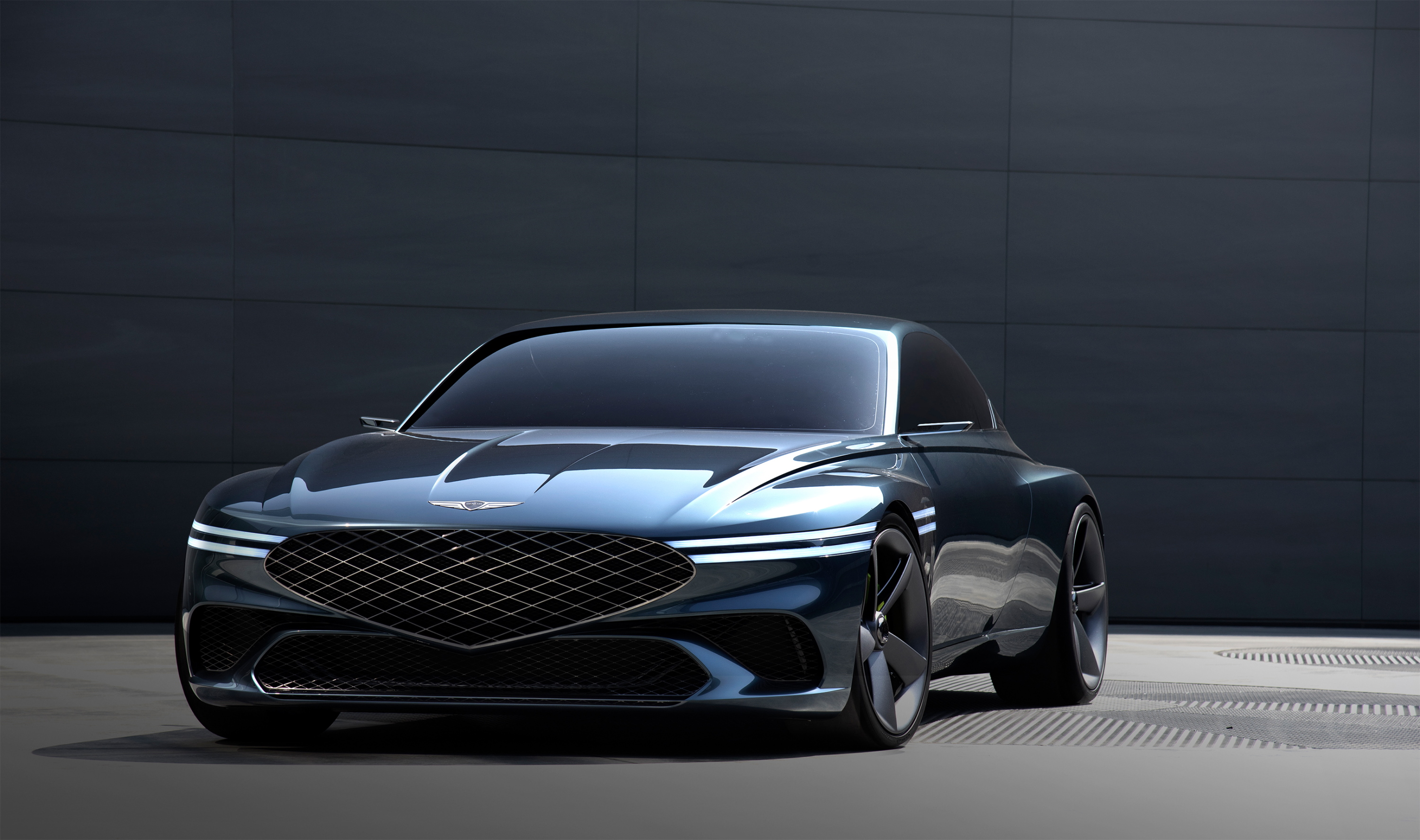Technical Overview
The display device proposed in this patent is composed of two (or more) display layers— often referred to as a First Display Layer (interior-facing) and a Second Display Layer (exterior-facing)—with a transparency control layer placed between them. This structure enables simultaneous display of different images on the inside and outside, or a combined view for enhanced brightness or overlapped images.
In simpler terms, this new type of display can become opaque or semi-transparent as needed, and can overlay multiple images or information on a single screen. When necessary, it can also be switched to a fully transparent state, allowing a view through the layers as though looking through a window.
Structure
-
First Display Layer (Interior-Facing)
Located on the innermost side, divided into multiple regions (pixels) so each region can be independently controlled. Typically faces inward in a vehicle or building, showing content to passengers or users inside (e.g., movies, navigation, games). -
Transparency Control Layer
A layer that can change its light transmittance (transparency) through electrical signals. Examples include PDLC (Polymer Dispersed Liquid Crystal) or SPD (Suspended Particle Device). It acts as a “barrier” that completely separates the interior and exterior images when opaque, or merges the two display layers when transparent. -
Second Display Layer (Exterior-Facing)
Placed downstream (on the opposite side) or upstream (on the same side) of the transparency control layer. Displays visuals for people outside (e.g., pedestrians, other drivers), making it suitable for ads, notices, or other external-facing content.
Key Idea
- By inserting a transparency control layer between two display layers, each layer can project different images. For instance, the interior-facing layer might show entertainment to passengers, while the exterior-facing layer displays advertisements or information to onlookers.
- Transparency Control: When the transparency control layer is switched to transparent, the two display layers can be combined—overlapping pixels to boost brightness or create unified visual effects. When it is opaque, each side remains isolated, so what’s shown inside is invisible from the outside, and vice versa.
- Region-Based Control: Both display layers and the transparency control layer can be subdivided into multiple regions, allowing highly selective control—such as making only certain areas transparent/opaque or showing different types of content in different sections.
Advantages
-
Flexible Visual Presentation
Selectively turning certain sections transparent/opaque means you can display content precisely where you need. This is beneficial for HUDs, augmented reality, and other interactive interfaces. -
Bidirectional Display
The device can output different images to both interior and exterior simultaneously. For example, passengers see one image, while pedestrians see another. -
Enhanced Brightness
If both displays show the same image at the same time, overlapping pixels increase overall screen brightness and improve visibility. -
Protecting Private Content
Sensitive information intended only for internal viewing remains hidden from outside viewers by using the opaque state. -
Dual Advertising Effect
The outward-facing side can show ads, while the inside shows announcements, entertainment, or other content—maximizing use of the display area.
Application Fields
- Vehicles and Transportation: Converting autonomous vehicle windows into smart displays that provide in-vehicle entertainment or information to passengers, while broadcasting ads or traffic information externally.
- Smart Windows: Making building windows transparent to show the interior normally, or displaying ads and public information when opaque or partially transparent.
- Other Industries: Various electronics (laptops, tablets), AR/VR displays, and any scenario requiring high versatility in layering and transparency control.
